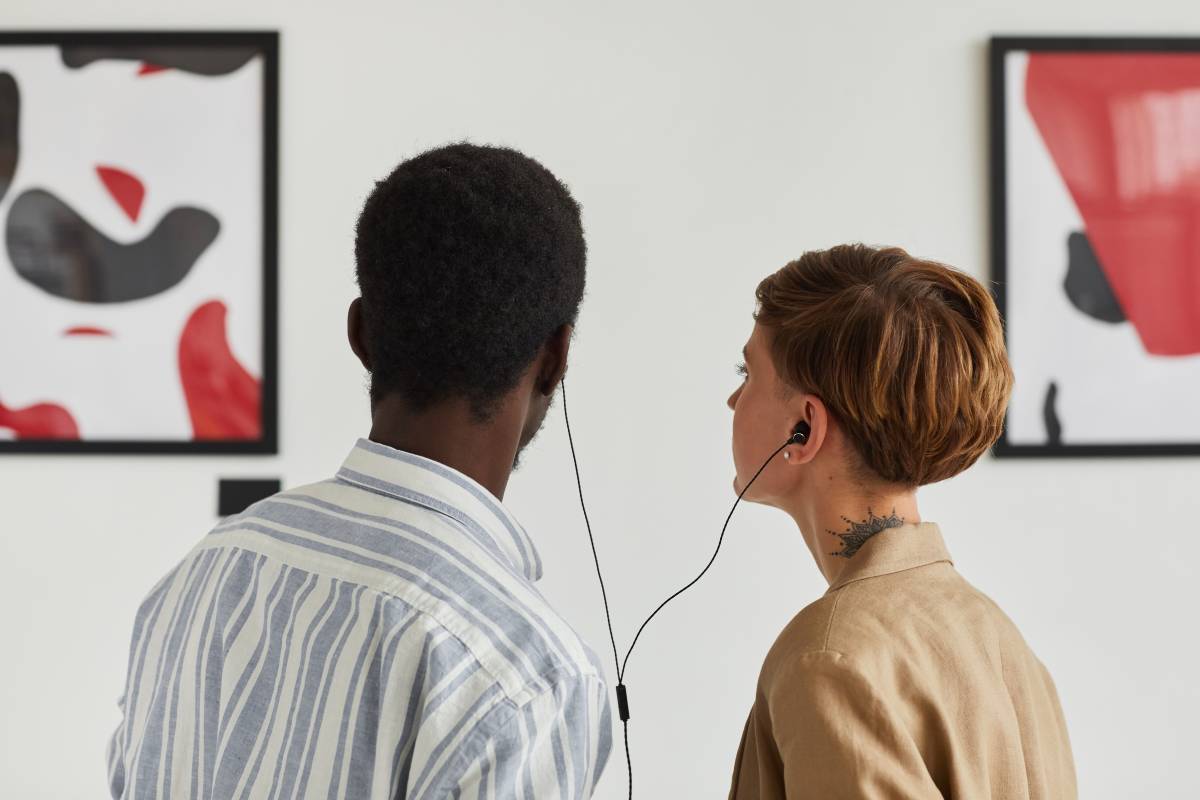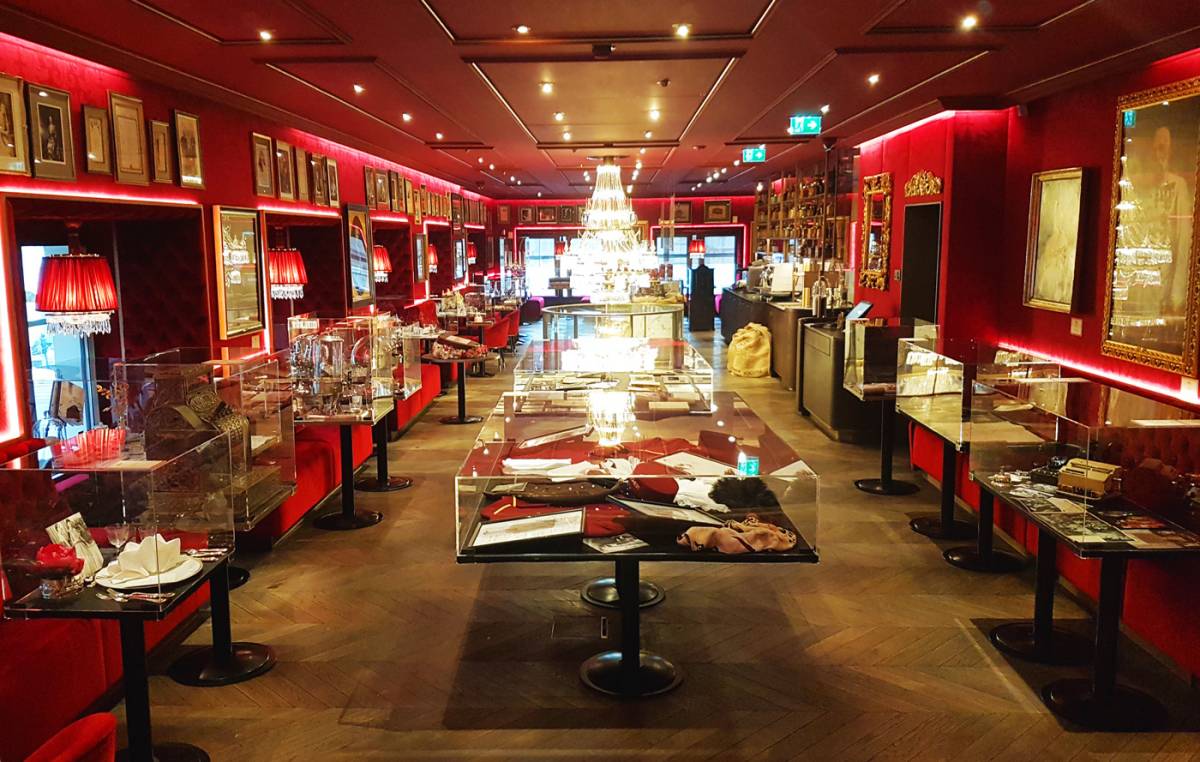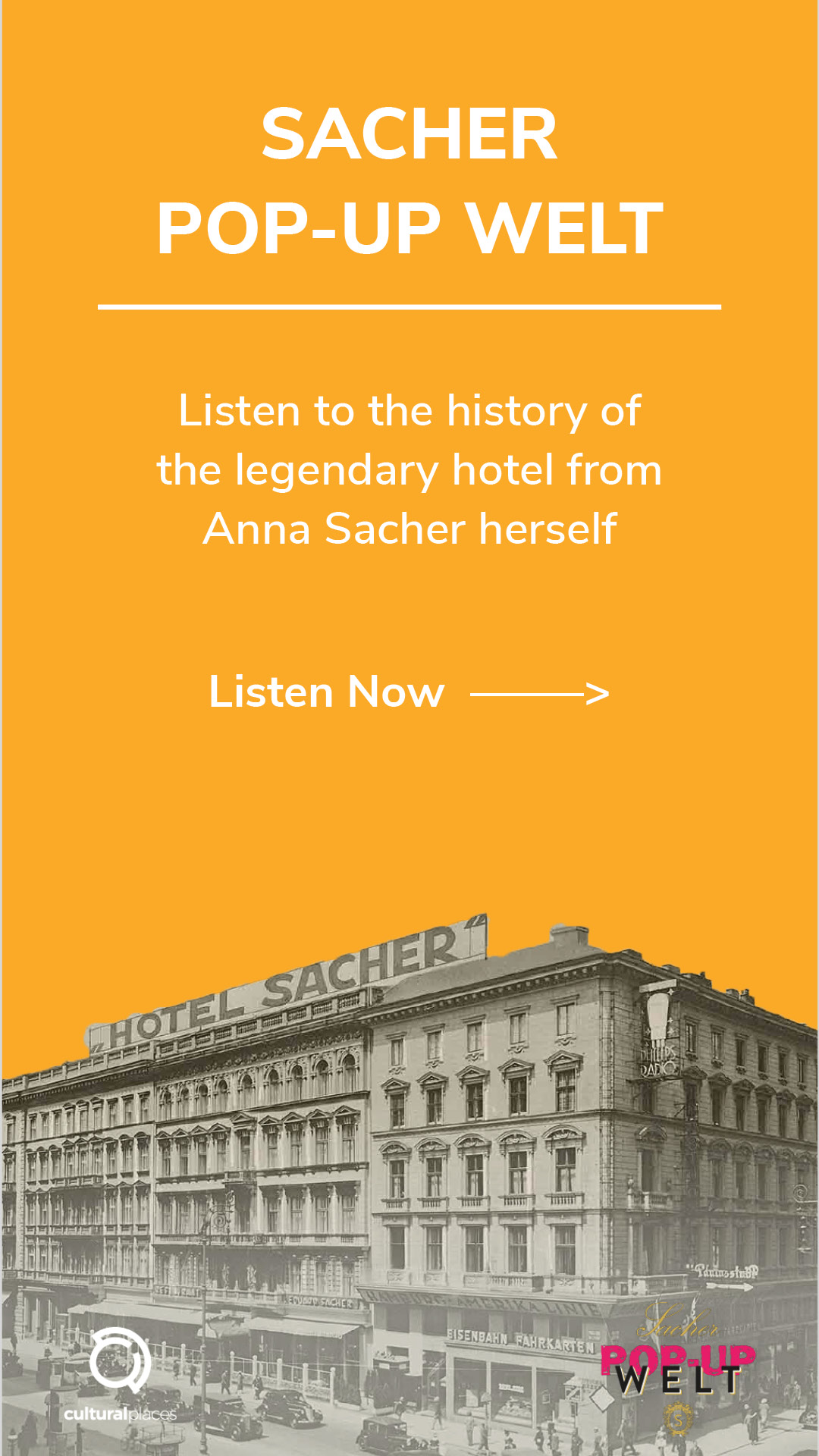Cultural Utility in NFTs
Utility is one of many new terms we have learned through the metaverse and Web3. What can be translated directly as “benefit” or “usefulness” describes an added value to NFT collections in the metaverse. In this article, you will learn why exactly this is of great importance in the cultural sector.
NFTs are mainly created by artists. As mentioned in another blogpost from our #culturecryptomonday series, they have a significant impact on artists’ income. However, not only individuals can profit from NFTs, but also larger organizations such as museums and cultural institutions can gain valuable profits from NFTs. Investors and culture enthusiasts can support art and culture by investing their money in this area. But are there other uses besides monetary ones? Yes! With so-called “utilities”, additional added value can come to the owners of NFTs – depending on the collection and various subcategories, these can also vary.
Privacy Dinners: An Example of Utility from an Artist Duo
The Los Angeles artist couple Operator reimagined cultural utility in their “Privacy Key” NFT 2022 collection. The reason for creating the utility was the lack of personal connection the two women experienced through the NFT movement. For this reason, the artists, now operating from Berlin, included an unknown cultural utility in the sale to their investors. All buyers knew at the time of the NFT purchase was that they could receive an immersive experience. That alone was enough to sell the collection. Later, the first “Privacy Dinner” was hosted (it’s currently unknown if there will be more), where all investors were invited to dinner with the artists. The whole evening (including menu) was themed “privacy and transparency”. Whether there will be more utilities is still unclear – but one thing is for sure: by owning an NFT, the owners are always connected to the artists – unless they resell it.
Utility for Cultural Institutions: Countless Possibilities
However, NFT collections are not only created by artists. Museums, cultural, and tourism organizations can also use NFTs for their purposes. It is often not only about the art, but also about the organization behind it. In order to create more incentives for visitors here, utilities are essential. Cultural Places, with its specific expertise in culture and Web3, has created the optimal support for cultural organizations through NFTs. After the creation of the collection, sub-categories (so called “tiers”) for NFTs can be created, which carry different utilities. The division between partners, visitors, experts, and the institution itself can incidentally create a new network level that links competences. The utility is of most importance for visitors, as they invest their own financial means in the purchase of the NFTs – partners and experts are provided with their tiers for free in the structure of Cultural Places. But what can utilities look like in reality? We have collected some examples:
For visitors and guests:
- They can receive exclusive benefits from the supported institution: exclusive events, VIP tickets, meet-ups with artists, etc.
- They can take advantage of monetary benefits: discounts, special promotions, free product samples, etc.
- By increasing the value of the institution, their NFTs can also increase in value, which can also be resold
- Community building: They become part of a community with which they can have an intensive exchange
For partners of institutions:
- Partners can promote the institution with their NFTs
- They receive a share of community NFTs
- They get direct access to the community
For experts and influencers in the cultural sector:
- Experts, like visitors, guests, and partners, benefit from the community network
- Depending on the structure, experts can also benefit monetarily
Don’t miss out on any news: Follow us on social media for a weekly update on #culturecryptomonday, or subscribe to our newsletter. Did you know, Cultural Places is also about to host its own storefront for the metaverse? Check it out on: www.culturalplaces.com/metaverse






